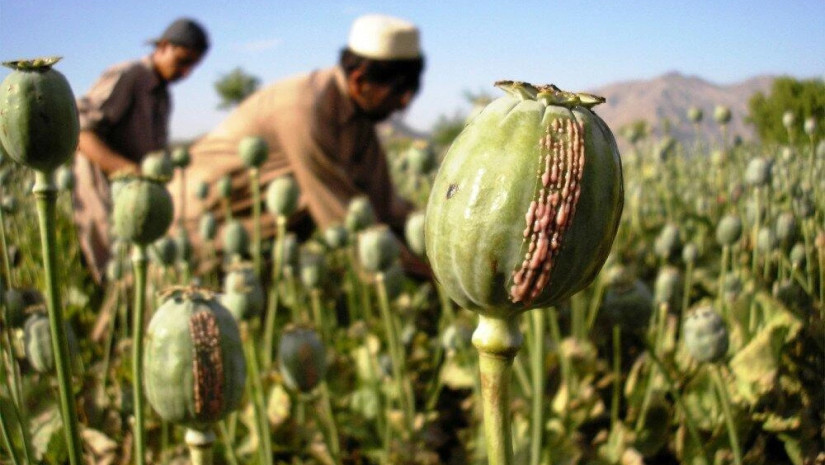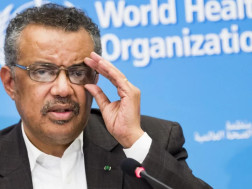The pandemic, which has pushed millions into poverty and unemployment worldwide, has also led more people to drug use, the United Nations Office on Drugs and Crime has warned. Low-income countries are at highest risk.
The number of people using drugs is projected to rise 11% by 2030 globally, the United Nations Office on Drugs and Crime (UNODC) said in a report, DW reports.
Roughly 275 million people globally used drugs in the past year, up from 226 million in 2010. This 22% increase was partly attributable to a 10% rise in the global population in the past decade.
The Vienna-based agency pulls together data from its wide network of member countries in its annual World Drug Report.
The UNODC warned that health-care systems worldwide were facing an increasingly tough task, with estimates suggesting that about 36 million people were suffering from drug use disorders in 2019, up from an earlier estimate of 27 million in 2010. This represents a rise from 0.6 to 0.7% of the global population.
Although the number of people with drug use disorders has increased, the availability of treatment interventions has remained low. Just one in eight of those suffering from a drug use disorder received professional help in 2019.
Increasing drug use "will involve massive investment in health and an expansion of prevention programs," the UNODC warned.
Opioid use continues to account for the largest burden of disease attributed to drugs, the report said. The numbers of users worldwide has nearly doubled over the past decade, with North America accounting for the highest.
Around 50,000 people died from opioid overdoses in the US in 2019, more than double the 2010 figure.
Impacts of COVID pandemic
The coronavirus pandemic has exacerbated the factors that fuel the vicious cycle of socioeconomic vulnerability and drug use disorders, the report said, adding that poverty, conflict and limited education during the pandemic fueled drug use.
In 2020, from 119 to 124 million people were pushed into extreme poverty and 1.6 billion learners were affected by school closures.
Lockdowns and the negative economic growth caused by pandemic have also led to increased overall global unemployment.
During the pandemic, many countries logged an increase in the use of cannabis and non-medical use of pharmaceutical drugs such as benzodiazepines, the report said.
In a survey of health professionals in 77 countries, a rise in the nonmedical use of sedatives was reported in 64% of countries and the consumption of cannabis was reported to have increased in 42% of countries during the pandemic.
Though drug markets were temporarily disrupted in much of the world during the first phase of the pandemic, they have recovered quickly, the report said.
The pandemic has triggered or accelerated some preexisting trafficking dynamics such as larger shipment sizes and increased use of land and waterway routes.
Online drug accessibility poses new challenge
The expansion of online drug markets to social media and popular e-commerce platforms suggests that the accessibility of drug markets on the darknet is widening, the report said.
The main drug markets on the darknet are now thought to be worth at least $315 million (€264 million) in annual sales.
Although this represents a small fraction of overall drug sales, the trend is upward, with a fourfold increase in annual sales in the last decade, the UNODC noted.
Low-income countries at highest risk
The increasing drug usage rates are more pronounced in countries with low levels of income, the report said.
By 2030, low-income countries are estimated to see a 43% increase in drug use, middle-income countries a 10% increase, and high-income countries a 1% reduction.
The number of drug users in the African continent is projected to rise in the next decade by as much as 40%.
Cocaine purity increase in Europe
The purity of cocaine available in Europe increased by 40% in the past decade, meaning that high-quality cocaine has become cheaper and therefore more accessible, the report said.
The cocaine trafficking route between South America and Europe is the second biggest in the world (after the one between the Americas).
Much of the cocaine in Europe used to be imported through well-established channels, notably by Italian organized criminal groups and through alliances between Colombian and Spanish groups. Organizations originating in the Balkans are increasingly involved in trafficking and supply, the report noted.
Quantities of heroin seized in Europe hit a new high in 2019, tripling since 2016, and accounting for 27% of the global total.
















